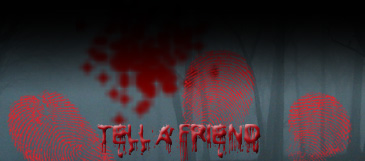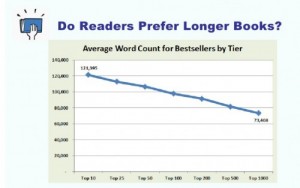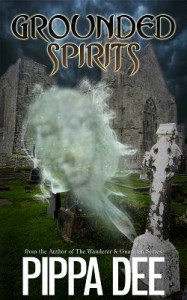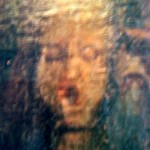June 22, 2012
Where’s the sweet spot?
Filed under: ebooks — Tags: ebooks, PD Martin — PD Martin @ 4:24 am
One ebook tip is to experiment with pricing and that’s what I’m doing at the moment. There seems to be a few common price points for self-published ebooks, namely:
- Free (ahhh!!!)
- $0.99
- $2.99
- $3.99
- $5.99
A friend recently forwarded me a great graph that was presented by Smashwords founder Mark Coker. Admittedly, for most authors sales from Smashwords make up an incredibly small percentage compared to Amazon sales, but it’s still interesting to look at this data.
So it seems the sweet spots are hitting at $0.99, $2.99 and another small spike at $5.99. Interesting, huh?
I noticed from Brett Battle’s post that my pricing points seem to be in sync with his for the most part, with shorts at $0.99, my one novella at $2.99 and my full thriller novel at $3.99. But, when I released my Pippa Dee books (YA and much shorter than my thriller novel at 50,000 words) I priced them at $2.99. I thought this seemed fair. Reasonable. Attractive but without de-valuing my work.
However, these books simply haven’t been moving. Was it the new name? Establishing a new brand? Possibly. Or the genre? While they’re books I believe most adults would read and enjoy (and they have), they have teen protagonists and so that ‘officially’ makes them targeted to the middle grade and YA market. Maybe not a good market for ebooks? So as part of my experimentation I’ve lowered the price to $0.99. I should say, this move to the $0.99 was partly because of the above graph, and partly because I have a friend who’s doing well in the ebook business and has priced ALL her books at $0.99. She felt that low price point was a key part of her strategy to build her brand and name. I only reduced the prices a few days ago so it’s too early to tell if this strategy will work or not. But it means I have been thinking of ebook pricing a lot recently and wanted to post about it here, too. Here are the two for $0.99, by the way.
So, what do you like to pay for your ebooks? Maybe the graph above reflects your buying patterns too. Note: I actually asked what people like to pay for ebooks on Facebook and, incredibly, got answers around the $5-10 mark. Then again, I posted during Aussie daytime and so I think all the respondents were Aussies—who are used to paying a fortune for books!
Comments Off





